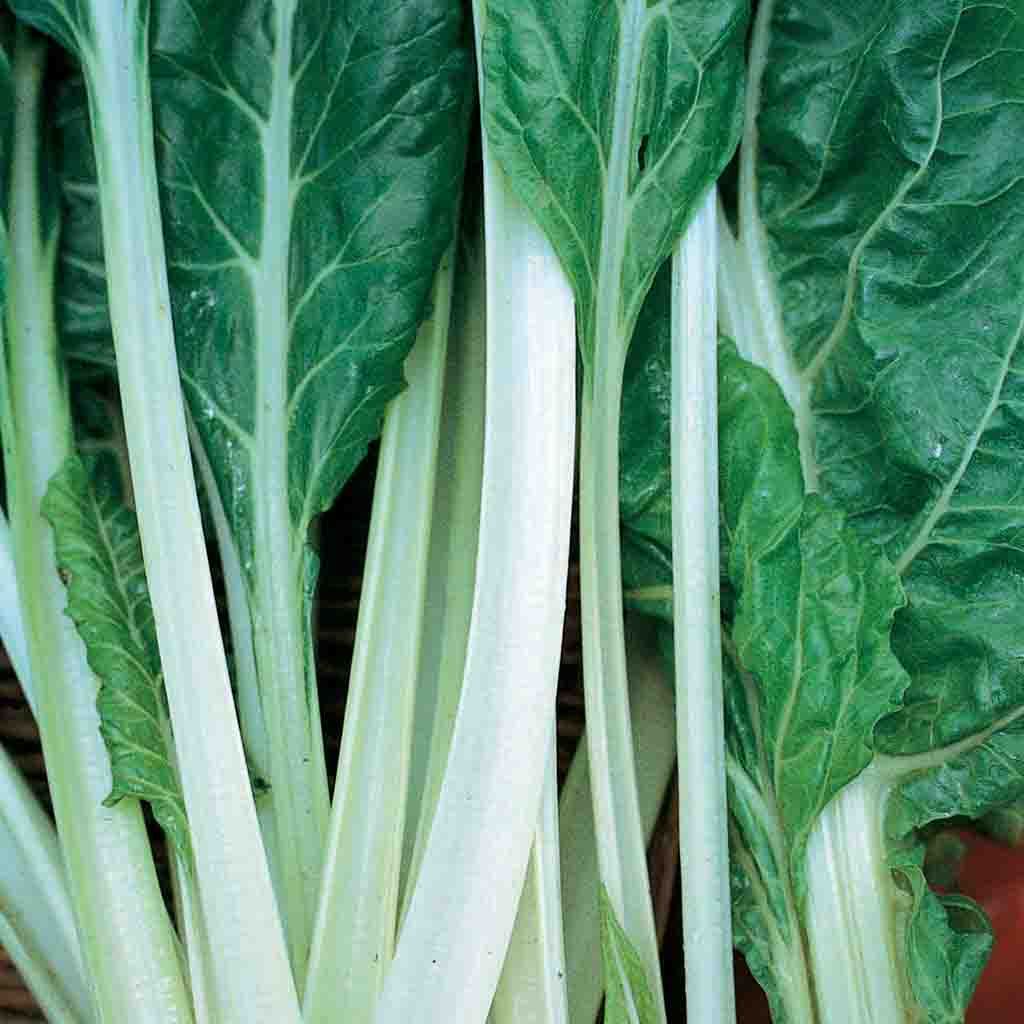How and when to plant Swiss chard for year-round harvests of nutritious leaves and stems
Whether you buy Swiss chard plants or grow your own from seed, discover our guide to planting the flexible and plentiful crop
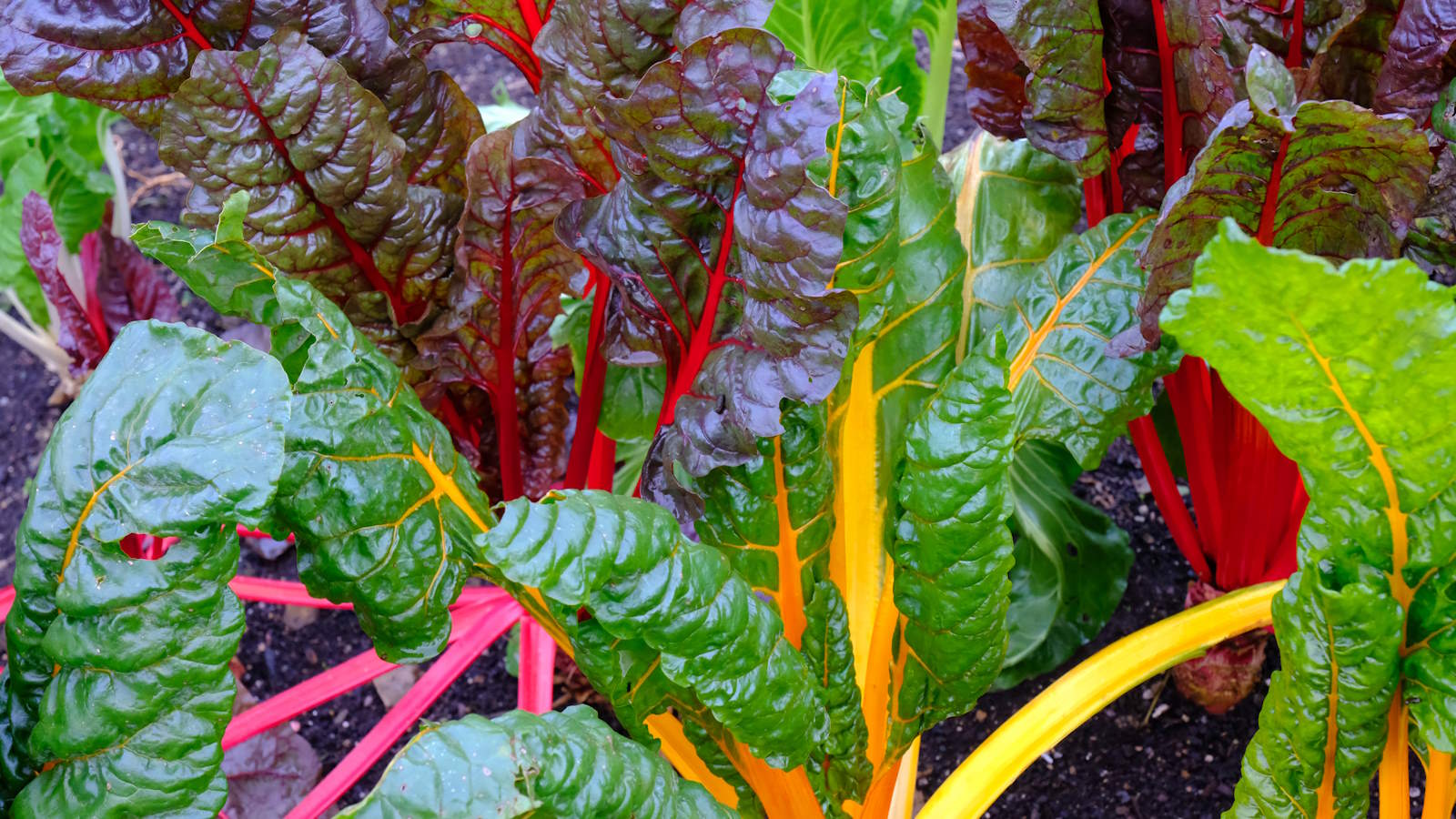

Swiss chard is a fantastic plant to include in any vegetable garden and it will always have a place in any kitchen garden of mine. A simple crop to grow, it is also highly productive and produces a harvest over such a long period - potentially year-round.
The crop does look great too - it may not be the prime reason people grow vegetables, but chard does offer something unique. The upright stems and bright colors of Swiss chard stand out in any vegetable garden. They can be red, yellow, white, or pink, while varieties such as ‘Bright Lights’ provide a rainbow of colored stems to enjoy.
I have planted Swiss chard for many years in vegetable gardens and continue to grow Swiss chard. For the best yield you want to plant Swiss chard at the right time and, if you want a continuous supply of leaves, planting Swiss chard twice a year is recommended.

A Swiss chard plant is cropped as a cut-and-come-again crop
Where to plant Swiss chard
Swiss chard is highly versatile and a simple-to-maintain crop. Ideally grown in a sunny spot in any backyard vegetable garden, Swiss chard can also be a good vegetable to grow in the shade. It can grow in vegetable beds or be added to raised beds or containers as part of small vegetable garden ideas.
Easy, adaptable, and very productive - so let’s find out when to plant Swiss chard when planning a kitchen garden.
When to plant Swiss chard seeds
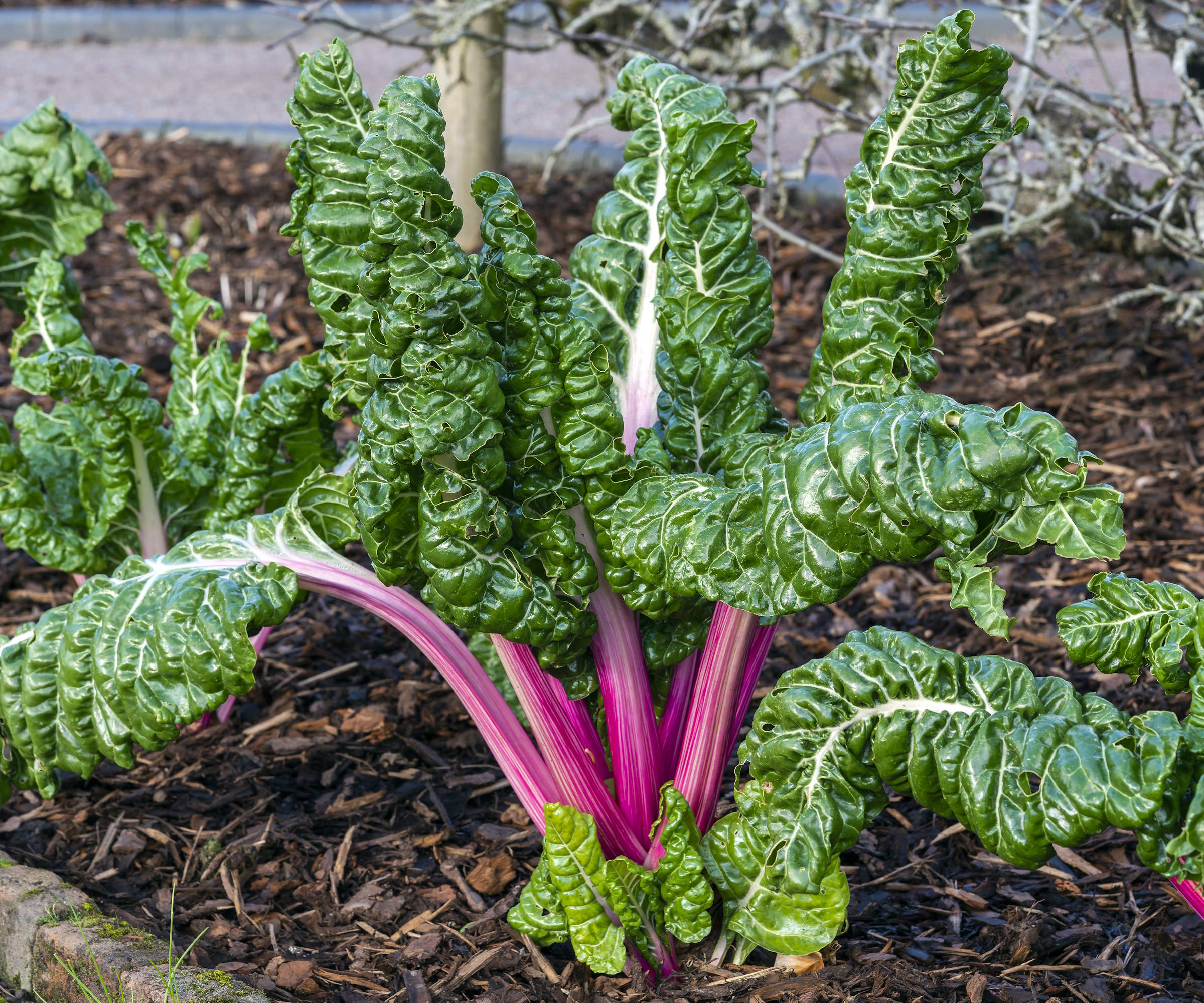
Swiss chard plants come in a range of bright and wonderful colors
There are two windows to plant Swiss chard seeds. With some planning when putting together a seed-sowing schedule for the year, Swiss chard can be a crop succession planted to give you year-round harvests of leaves.
The earliest time to plant Swiss chard seeds outdoors occurs in mid-to-late spring, once the soil temperature has reached at least 50°F. If you live in a colder climate, sowing seeds indoors earlier in the spring can give you young plants ready to go outside after the risk of frosts has passed.
Planting Swiss chard seeds in spring will provide a harvest from summer onwards and the resulting plants can even be picked through fall and winter. This is because chard is an easy vegetable to grow and is hardy enough to provide pickings throughout the winter months.
A second sowing of Swiss chard seeds can take place in mid-to-late summer, either directly into the growing position or indoors in a cold greenhouse or cold frame. Sowing seeds at this time produces plants that can start being harvested the following spring, taking over from the plants sown the previous spring.
Shop Swiss Chard Seeds
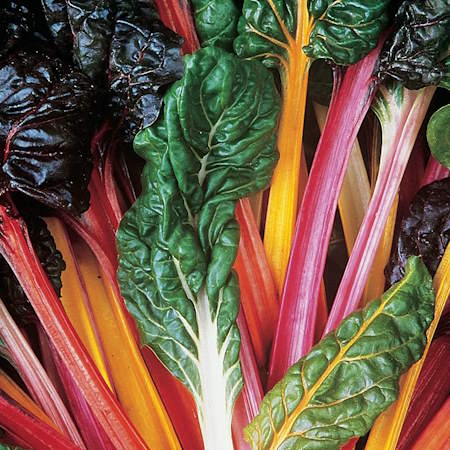
This stunning chard seed mix has stems in gold, pink and crimson. A few plants will be white and pink striped, orange, scarlet, purple, green and white.
When to plant Swiss chard plants
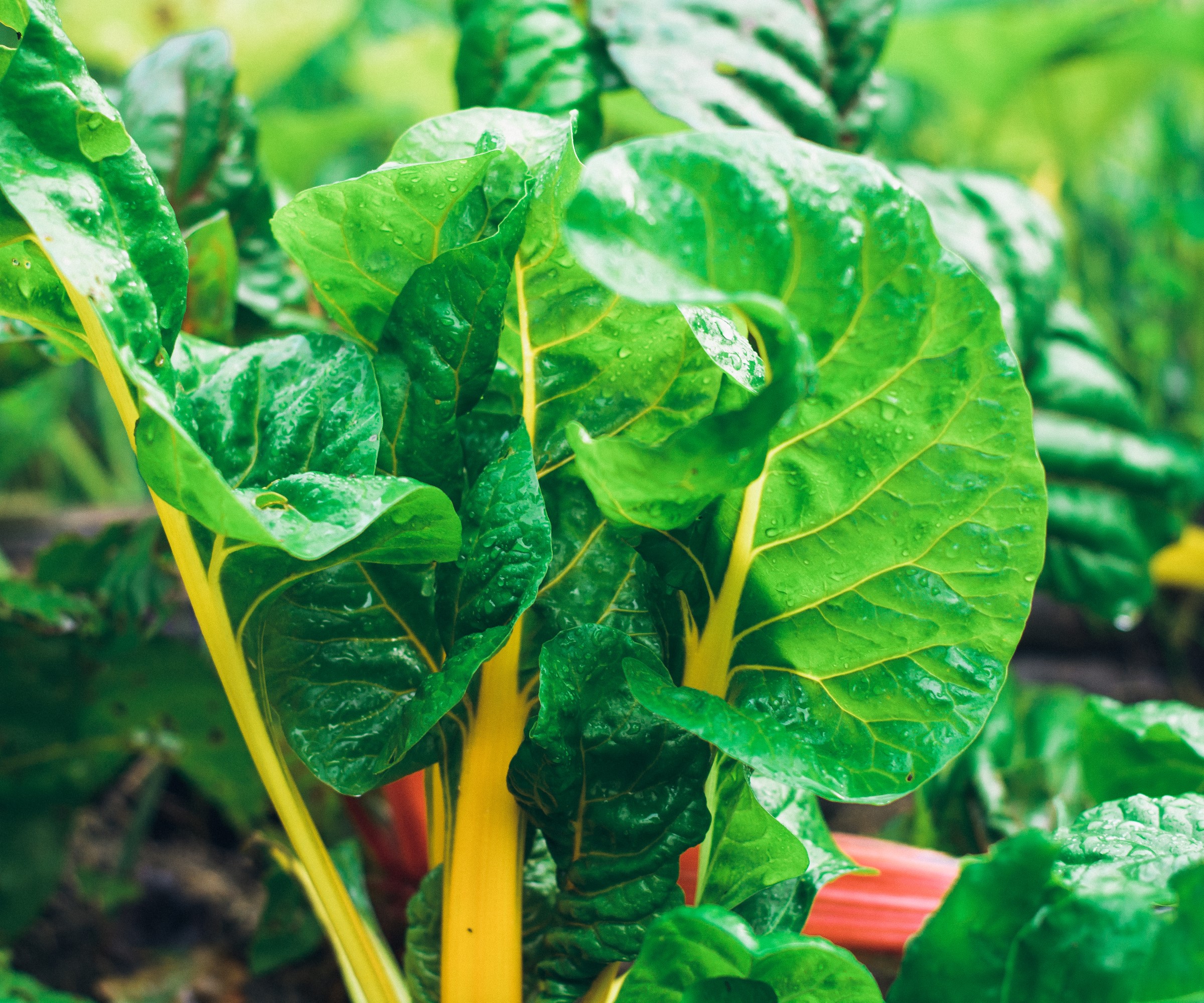
Plant Swiss chard seeds indoors in spring to get ahead of the season
Swiss chard plants can be bought from nurseries or garden centers to plant the vegetables in your backyard. The plants will commonly be available in spring and should be planted outdoors once the risk of frost has passed for your location and US hardiness zone.
If you are transplanting seedlings that you started indoors as part of greenhouse planning, the young plants must develop a strong root system before planting them in the garden. Once they are large enough to handle and have a good network of roots, they can be planted outside after the last frosts.
There are also advantages to planting Swiss chard plants undercover in late summer or early fall. They are a fantastic option for a vegetable to grow in a greenhouse in the fall to provide an earlier crop in spring, at a time when there are few harvests from the garden.
Mulching around Swiss chard plants just after planting is recommended to help conserve moisture in the soil and reduce competition from weeds.
How far apart to plant Swiss chard
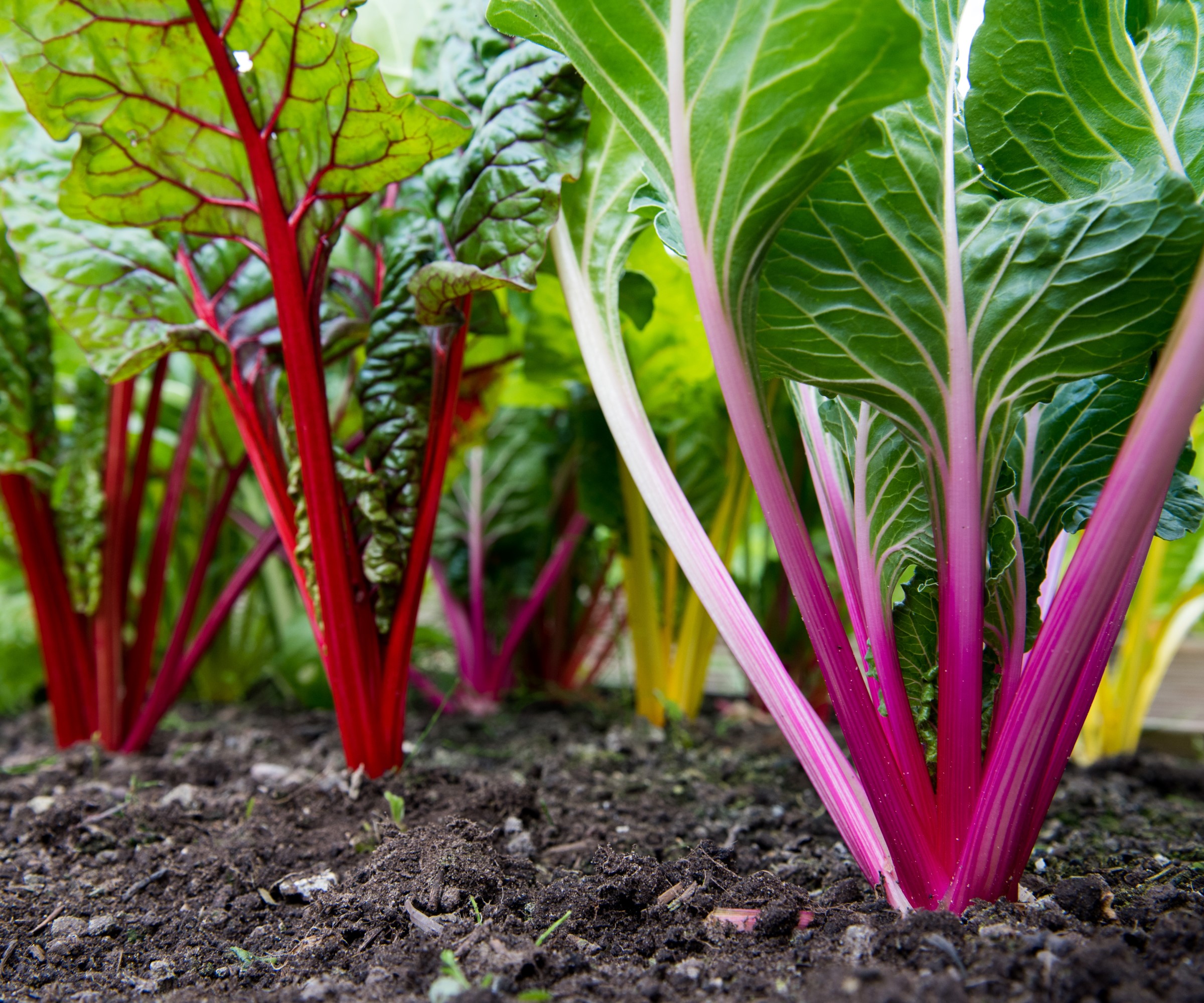
Plant Swiss chard plants into the vegetable garden after the risk of frost has ended
Swiss chard seeds should be planted into drills an inch deep and four inches apart. If you have multiple rows, each wants to be 18 inches apart. The seedlings want to be thinned to 18 inches apart as they develop. The thinned seedlings can be added to salads.
Plants want to be spaced around 18 inches apart to have the space to develop to full size. Packing plants together too densely can impact growth and reduce the overall yield, while overcrowding can also lead to a lack of air circulation and an increased susceptibility to fungal diseases.
You do want to provide space around the plants to harvest Swiss chard safely without damaging other plants.
FAQs
What is the best companion plant for Swiss chard?
Companion planting can help Swiss chard plants grow strongly and deter pests from troubling them. Growing alliums such as garlic, onions, or leeks next to chard can be very beneficial as they repel many pests thanks to their strong aroma. Growing marigolds is also a good way to keep bugs away from chard, including nematodes.
What not to plant with Swiss chard?
While there are good companions for chard, there are also some vegetables to avoid planting with Swiss chard. This includes spinach, beets, potatoes, corn, and cucumbers.
Swiss chard is a great option for a vegetable to grow in pots as part of a vegetable container garden. Simply put one plant in a pot that is at least 12 inches wide and 8 inches deep and it will provide you with a great harvest. The choice is available to either sow seeds directly into the pot or buy young plants to plant into the container.
Sign up to the Homes & Gardens newsletter
Design expertise in your inbox – from inspiring decorating ideas and beautiful celebrity homes to practical gardening advice and shopping round-ups.

Drew’s passion for gardening started with growing vegetables and salad in raised beds in a small urban terrace garden. He has worked as a professional gardener in historic gardens and specialises in growing vegetables, fruit, herbs, and cut flowers as a kitchen gardener. That passion for growing extends to being an allotmenteer, garden blogger, and producing how-to gardening guides for websites. Drew was shortlisted for the New Talent of the Year award at the 2023 Garden Media Guild Awards.
-
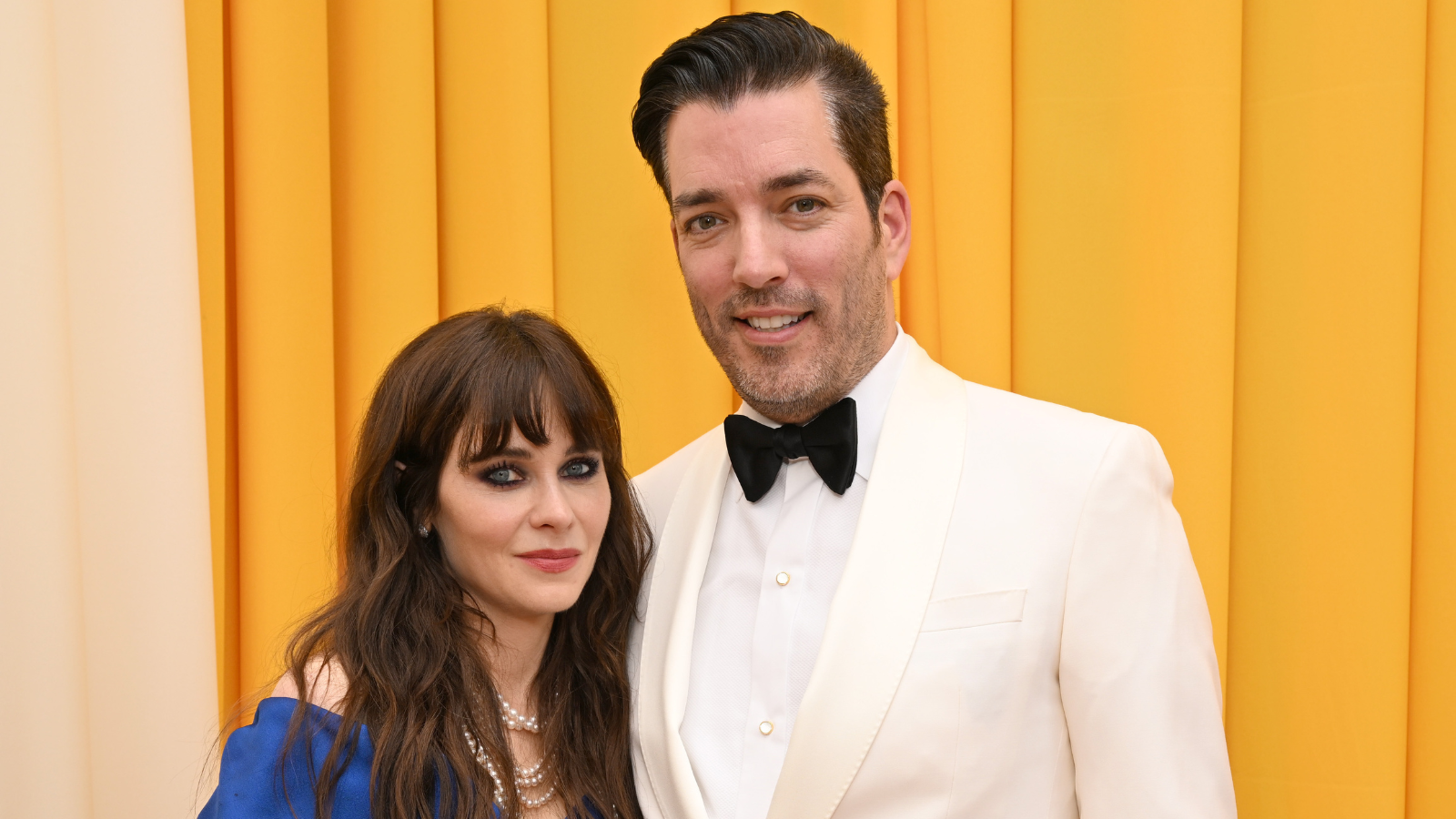 Zooey Deschanel and Jonathan Scott's breakfast nook is an innovative, effective use of kitchen space – it turns a 'dead area' into a cafe-style corner
Zooey Deschanel and Jonathan Scott's breakfast nook is an innovative, effective use of kitchen space – it turns a 'dead area' into a cafe-style cornerJonathan and Zooey have situated an eccentric yet elegant dining area in what may have been an otherwise underused corner
By Hannah Ziegler Published
-
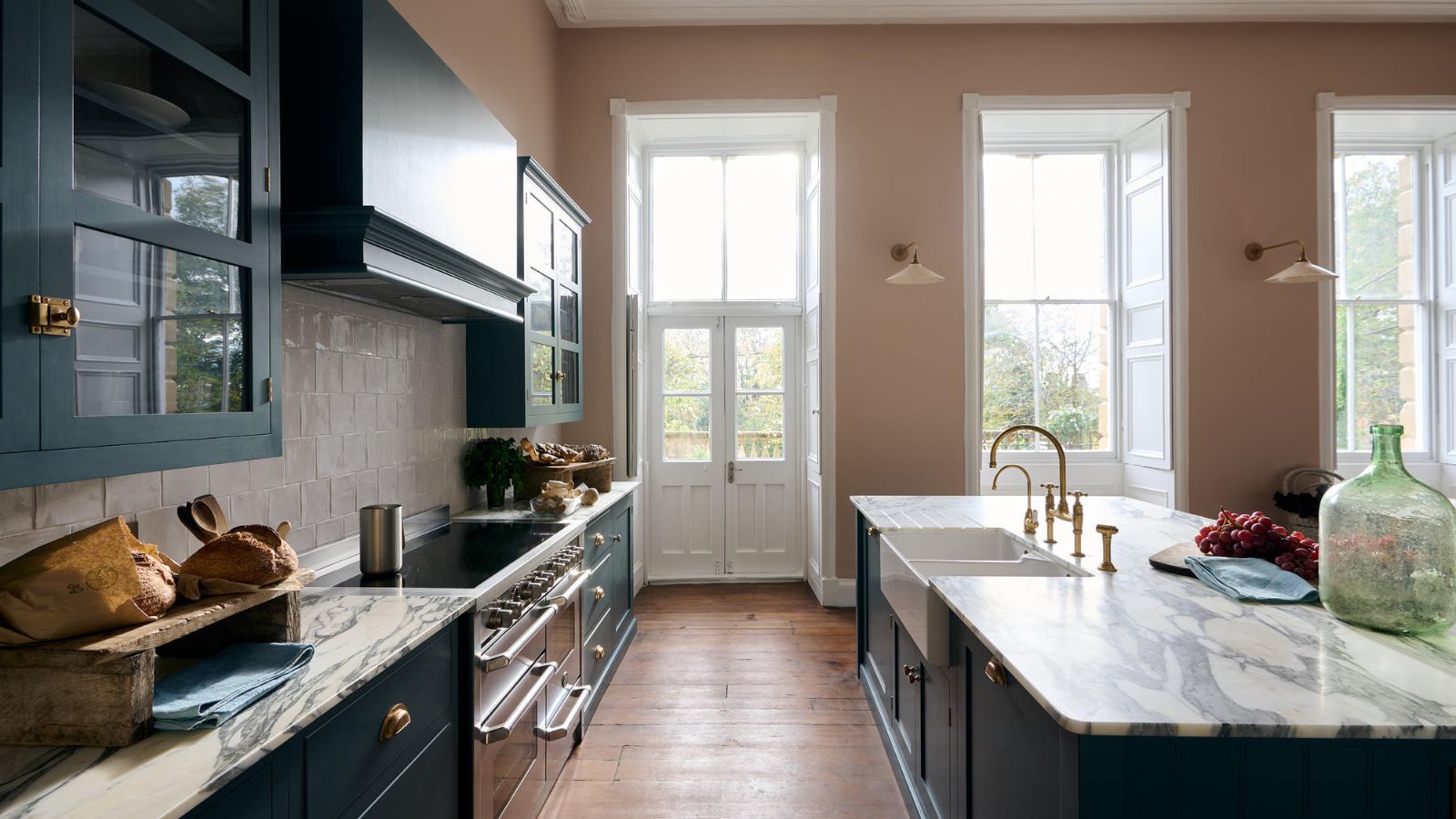 6 things you should never throw in the trash – and what to do for safe disposal instead
6 things you should never throw in the trash – and what to do for safe disposal insteadFrom batteries to space heaters, experts reveal what not to throw
By Andy van Terheyden Published

